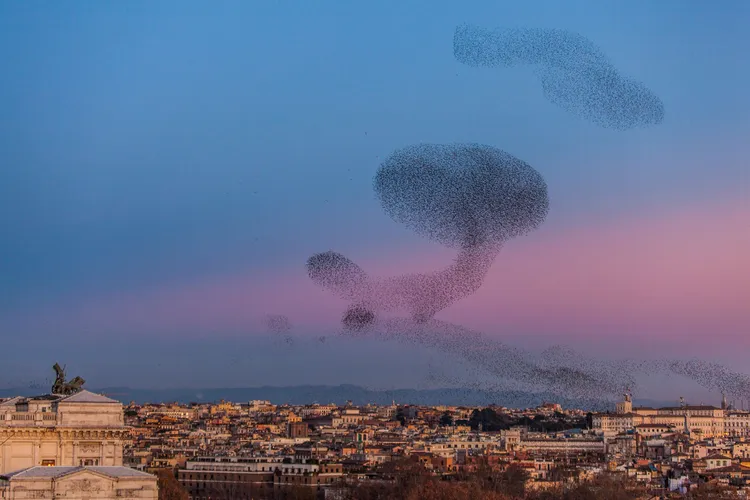A Closer Look at the Kestrels, Hedgehogs and Other Wild Animals That Inhabit Rome
From antiquity to modern times, the city has been rife with creatures that creep, slither, scurry and nest among its pillars and palaces
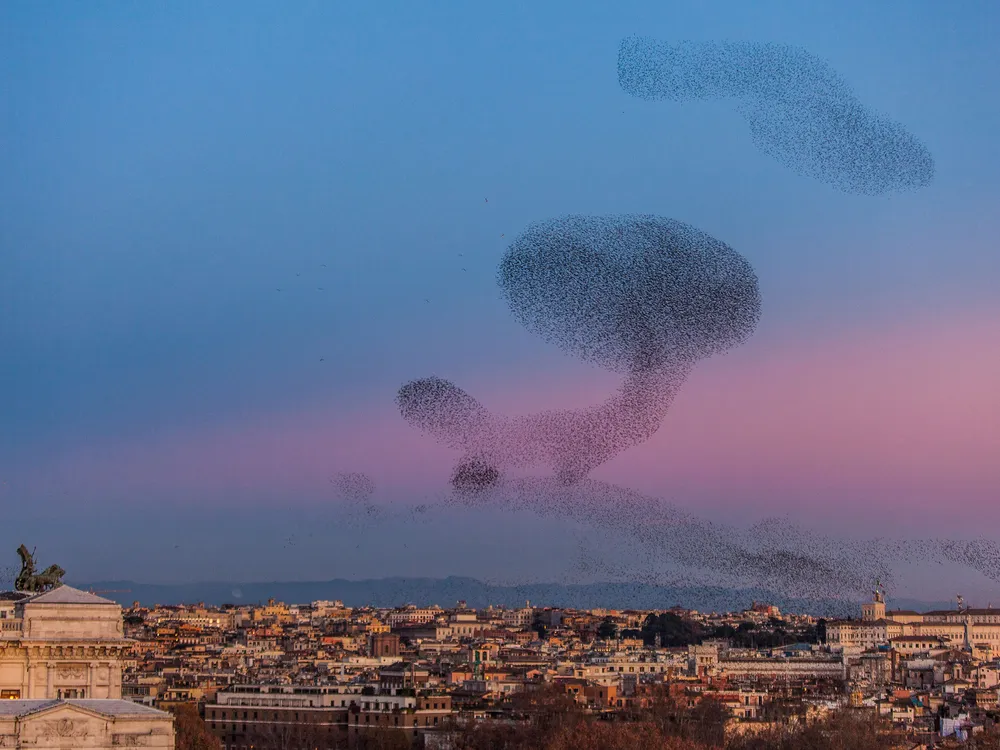
Long ago, the story goes, a king kidnapped two sons of a god, stuffed them in a basket and set them afloat on Italy’s Tiber River. A female wolf rescued the brothers and nursed them as though they were her own pups. A woodpecker brought them food. Nourished by these wild creatures, Romulus and Remus went on to overthrow the king and found Rome—a city whose mythological roots and documented history are both entangled with the animals who have crept, slithered, scurried and flown among its pillars and palaces for thousands of years.
Myths aside, historians believe that Rome was founded some 2,800 years ago atop a swampy river bottom inhabited by freshwater crabs and other species. As the city grew, animals shaped life within its walls and outside them. The warriors who pillaged distant lands, for instance, returned with at least 20,000 elephants, lions, leopards and other exotic creatures that were paraded in public spaces and killed in gruesome displays of power, their meat likely distributed to city residents. Ancient Romans’ hunger for spectacle and bloodshed was so great that it contributed to significant declines of several species, including the Barbary lion of North Africa. And because Romans brought plants and animals with them wherever they went, the ecological exchange went both ways. Some species now naturalized in the United Kingdom, for example—from apples and asparagus to fallow deer and pheasants—arrived with Roman conquerors.
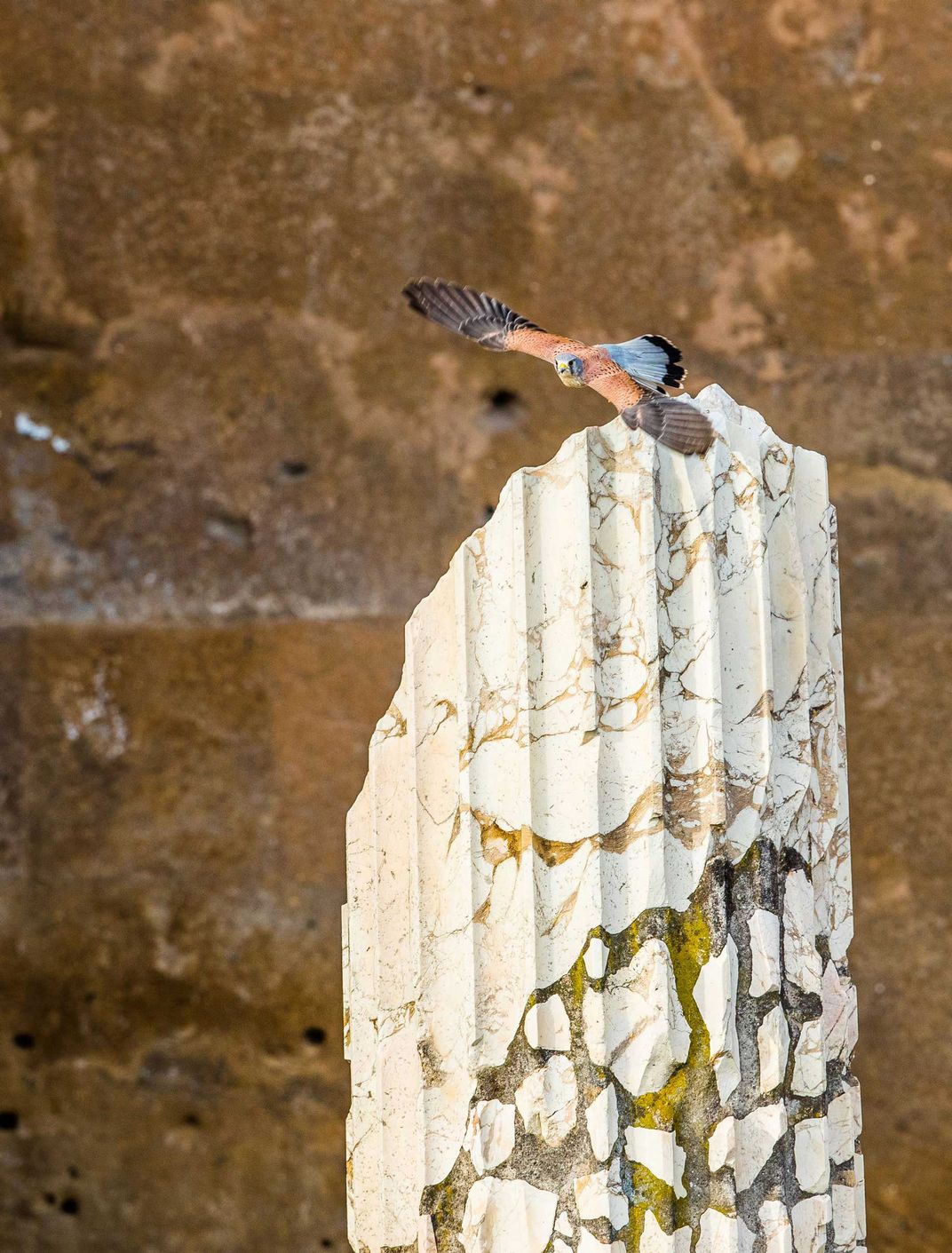
Later, during the Renaissance, wealthy residents built palaces, or palazzi, with tracts of land for hunting and secret gardens where birds and flowers flourished under the Mediterranean sun. Yet as the centuries marched on and Rome’s wealth declined, many palazzi and other buildings were abandoned. Walls crumbled. Saplings wriggled through floors. Aqueducts were paved over. By the 20th century, Rome was like any other city, with trains and cars that let people live farther from the urban center and a tangle of highways and suburbs and shopping centers that sprawled far beyond the original fortified walls.
Yet Rome is also unlike anywhere else. Thanks in part to its abundance of historical sites—many of which now serve as natural oases, free from cars and modern development—Rome is a hub for urban wildlife. Public green space covers about 35 percent of its area, compared with just 20 percent of London. Former palaces have become public parks like Villa Borghese, and their secret gardens and hunting preserves have persisted even as the city metastasized around them. Together with remnant wetlands, protected nature reserves and archaeological ruins being reclaimed by nature, these sites create corridors of largely uninterrupted green space that snake from the surrounding countryside through the suburbs and into the city center. Animals from foxes to hedgehogs to mallard ducks use the corridors to travel into the urban jungle, where they sometimes disperse among graffiti-splattered buildings and traffic-choked roads
Fun fact: What lives under Rome?
A variety of creatures, from bats to crickets, fly and crawl through the former aqueducts that run under parts of the city.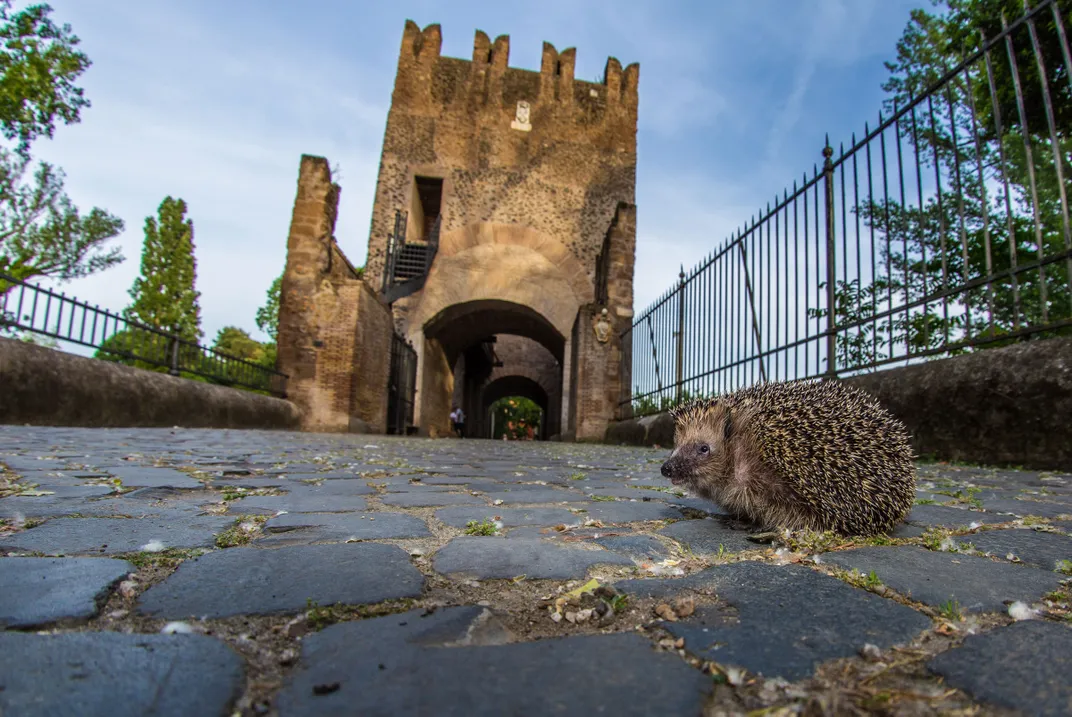
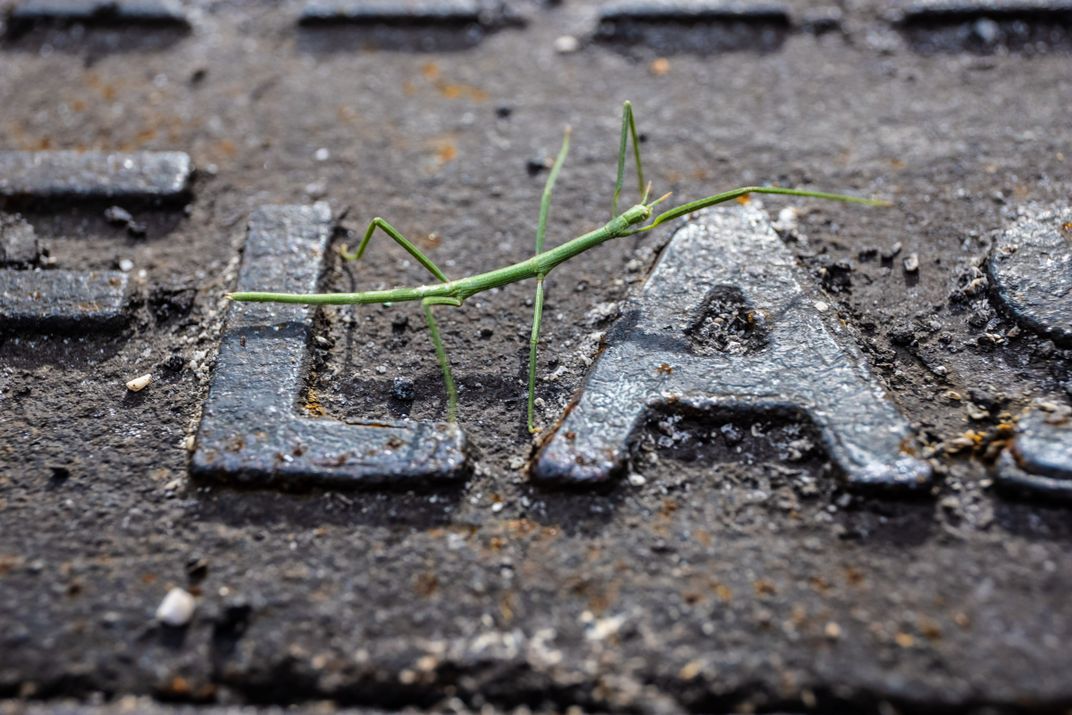
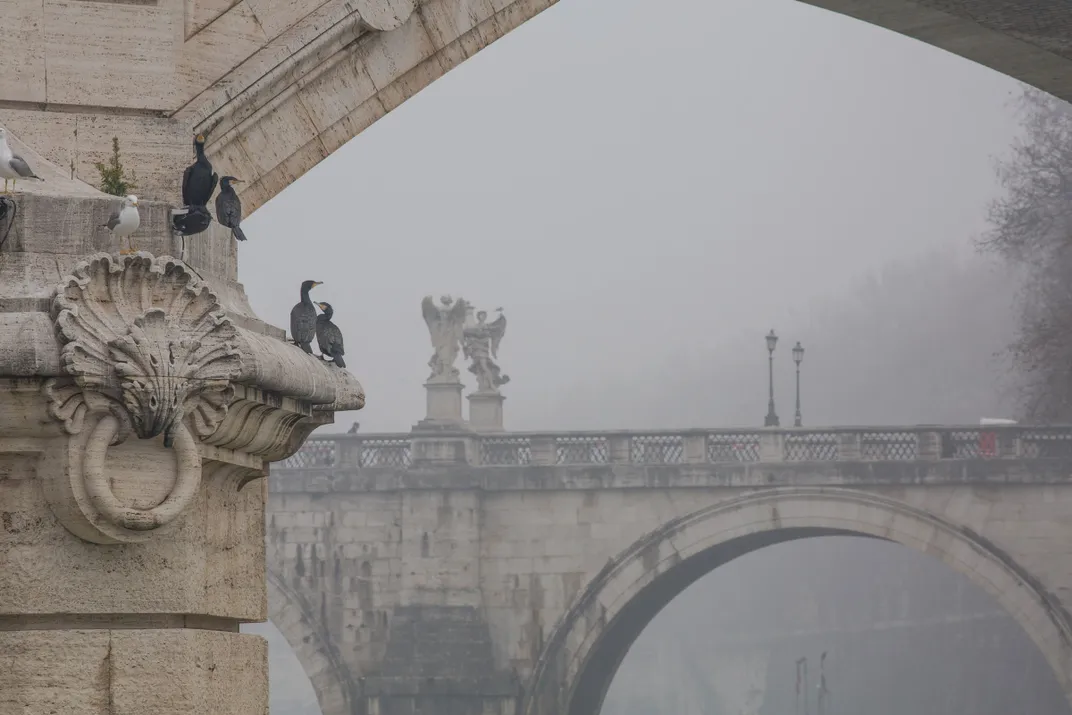
“Wildlife are exploiting these kinds of archaeological parks to get into the city center because they are like safe islands among the buildings and people,” says Gianluca Damiani, a naturalist and PhD candidate studying the adaptation of birds of prey to urbanization.
In modern Rome, boars knock over trash bins, wolves roam the urban fringes, raptors nest atop marble pillars, and ducks tend to their eggs inside world-renowned art museums. The city is home to 1,600 species of plants, 5,200 insects, around 100 birds, 40 mammals, and 30 reptile and amphibian species. All are wild, though not all are native. Ring-necked parakeets from Africa and South Asia, escaped from the pet trade, nest throughout the city—a modern echo of ancient Rome’s role in the endless human enterprise of shuffling around species.
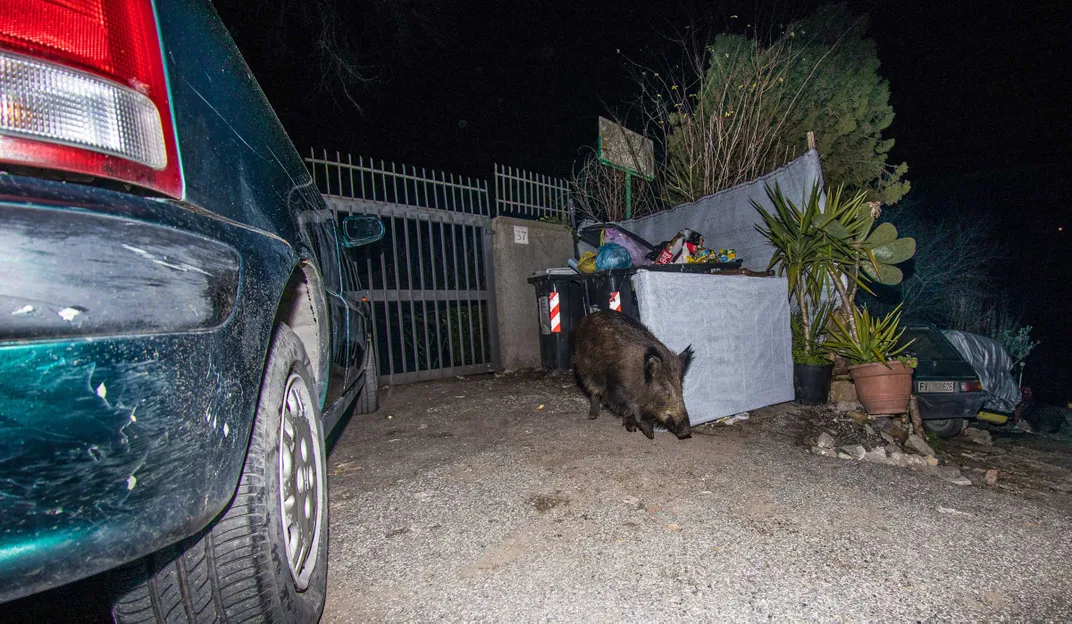
Over the past decade, all these creatures and more have caught the attention of Homo Ambiens, a collective comprising photographers Roberto Isotti and Alberto Cambone and journalist Micòl Ricci. Although the team members have photographed wildlife around the world, they honed their skills in their own backyard, using the city’s architecture and infrastructure as a backdrop for documenting Rome’s nonhuman residents. “Rome is our city,” says Ricci. “And we are in love with our city.”
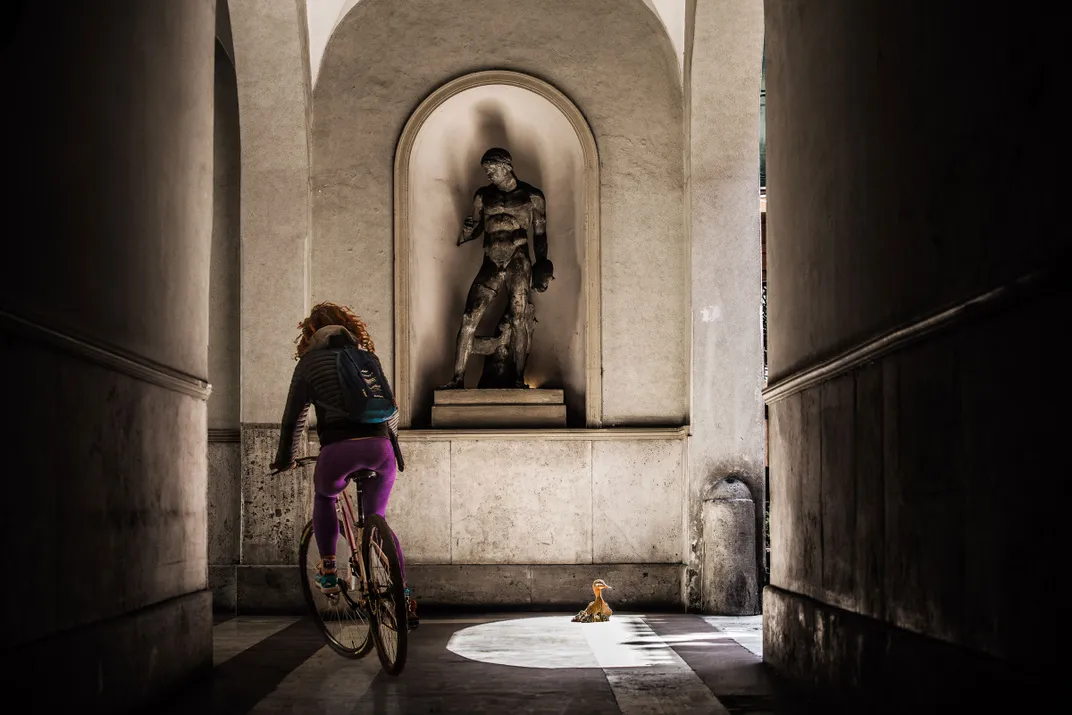
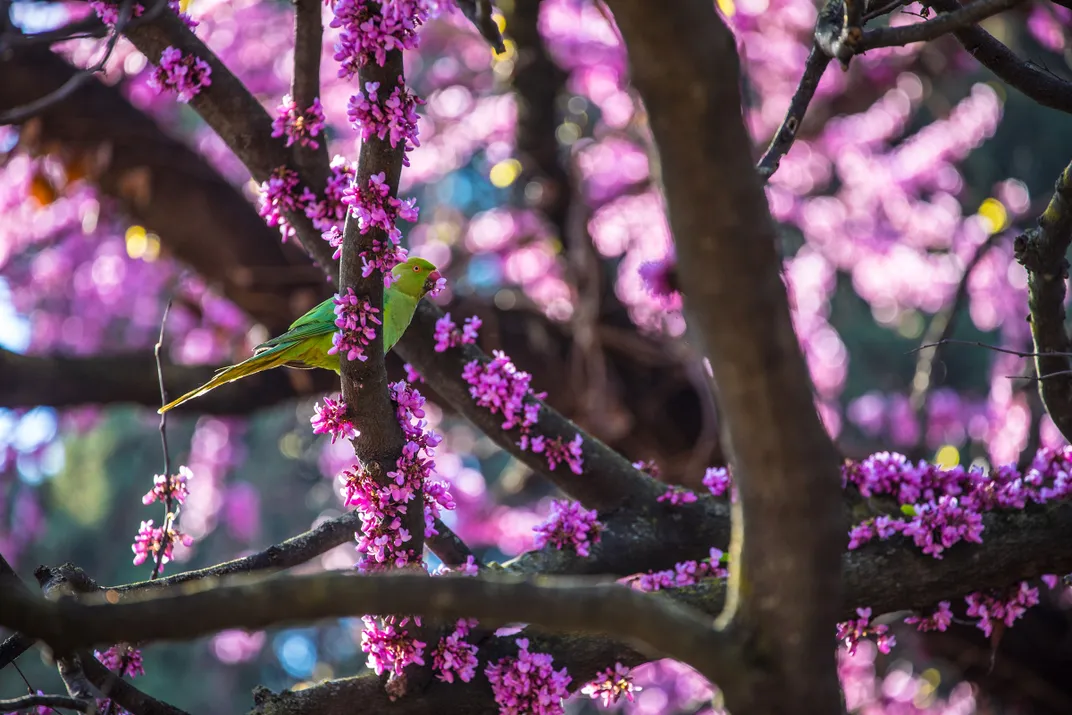
The animals that perhaps best exemplify the continuity between Rome’s past and present are the freshwater crabs that once lived in the swampy river valley upon which the city was built. Scientists know them as Potamon fluviatile, English speakers as the Mediterranean freshwater crab. Italians refer to them as grachio d’acqua dolce. Whatever you call them, the crustaceans are the only species of freshwater crab native to Italy.
In 2005, archaeologists excavating a site called Trajan’s Forum (part of the Colosseum Archaeological Park) found a population of these crabs living in abandoned sewer drains below the city. Scientists determined that the crustaceans had become trapped in the sewers some 2,000 years ago when Rome was becoming urbanized and had lived there ever since—not just below Trajan’s Forum but in an entire system of canals, drainpipes and other watery infrastructure hidden below city streets. Cut off from outside populations, Rome’s freshwater crabs developed a form of gigantism. They’re now between 13 and 20 percent larger than their cousins outside the city. They also grow slower and live longer.
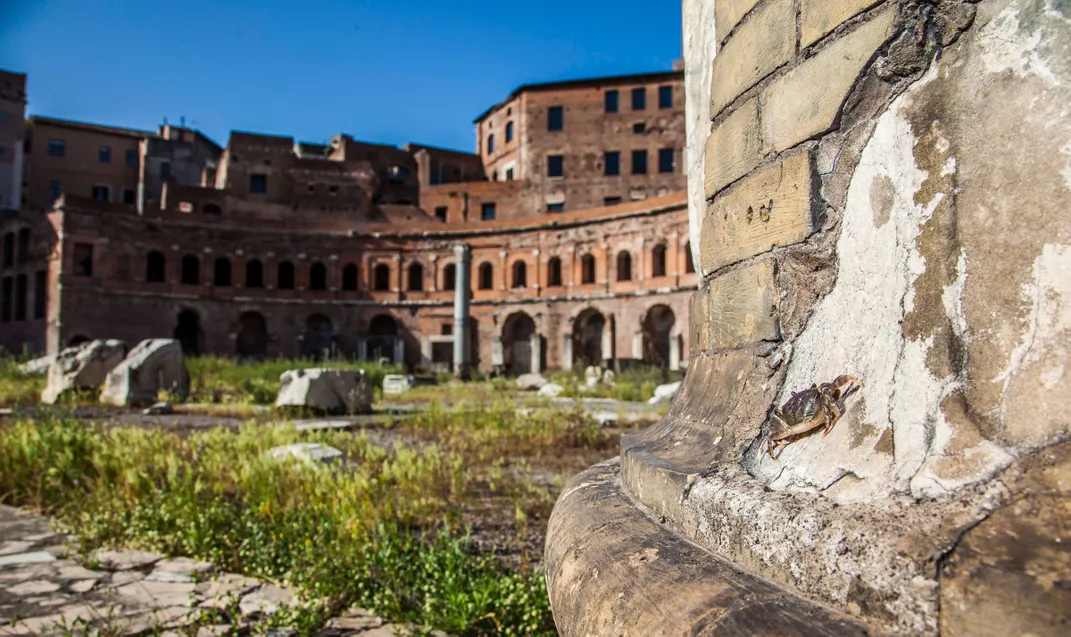
Damiani, who monitored crabs and other species in the Colosseum Archaeological Park for four years, says the excavation exposed the crabs to predators like gulls, crows and rats. Researchers found 451 crabs in the park between 2004 and 2006; the latest count turned up just six. While some of the crabs were likely eaten by predators, Damiani believes that others retreated deeper into the city’s sewers and underground waterways, beyond the grasp of predators and scientists alike.
Even early Romans “knew very well the underground of Rome was full of waters,” says Marco Seminara, a retired environmental biologist from Sapienza University of Rome. The ancient Romans built a vast network of aqueducts and canals to harness this semiaquatic environment, now entombed beneath modern Rome. Better understanding the extent of these subsurface waterways could go a long way toward protecting the crabs, Seminara says, but mapping the entirety of Rome’s watery underbelly would require so many sensitive permits and excavations that it simply isn’t feasible.
And while many of Rome’s original wetlands have been drained, harnessed or paved over, humans haven’t been entirely successful in controlling their environment. Water occasionally emerges “spontaneously,” as Seminara puts it—sometimes in the most unexpected places.
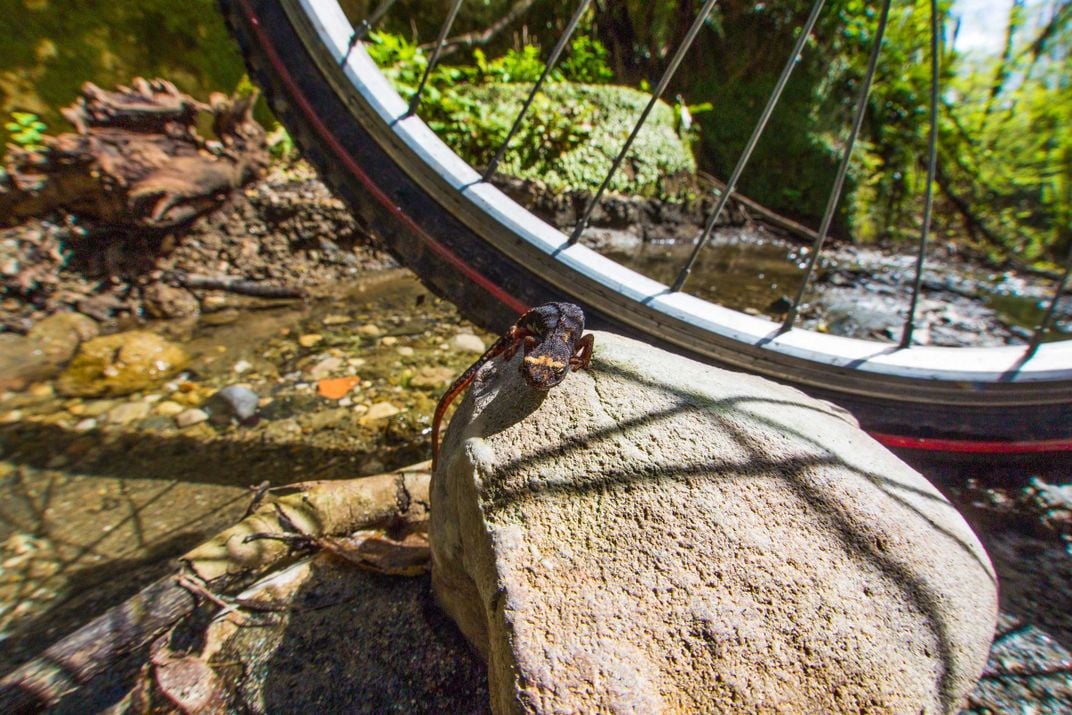
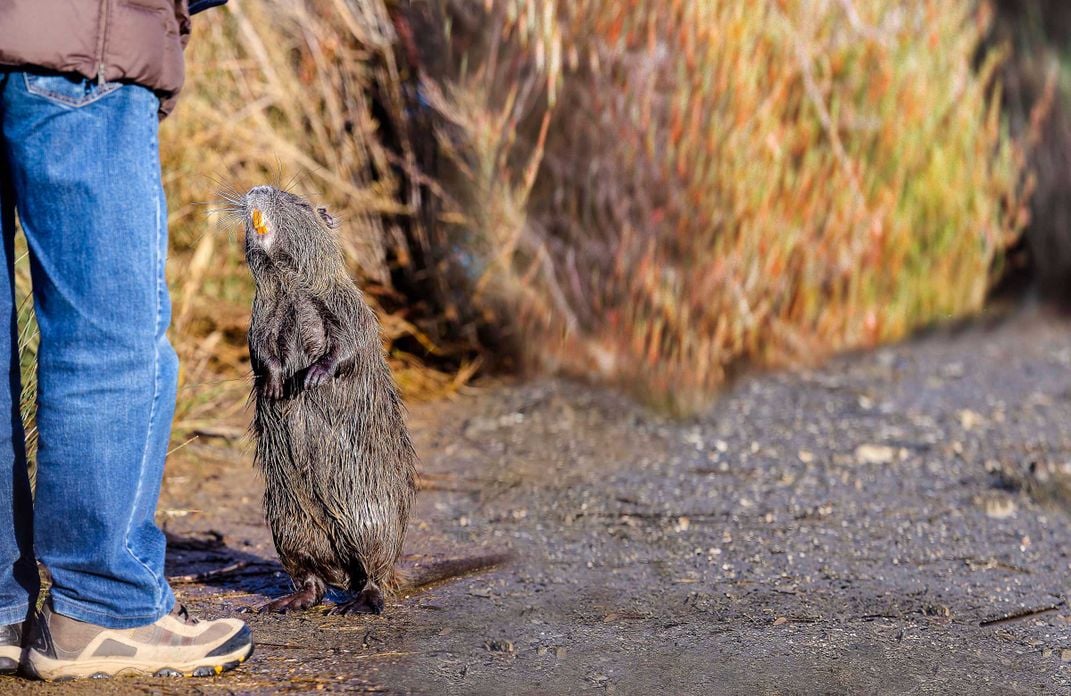
In the 1990s, for instance, developers tried to build a huge shopping mall in one of the few slivers of green space left in the Pigneto neighborhood, one of Rome’s densest. While preparing the site, construction workers accidentally hit an underground aquifer and flooded the area, forming a lake the size of six Olympic swimming pools. Engineers simply cannot drain it. Today, the skeleton of the half-built mall rises above the green-fringed lake, called Lago Ex Snia, which is home to around 90 bird and 300 plant species. Residents are trying to permanently protect the lake and its surroundings.
In Lago Ex Snia and other sites throughout Rome, natural and human-made environments don’t just abut—they overlap. Ecosystems persist below the concrete and above it, creating a tangled, messy, vibrant example of cohabitation. Even where people have left our mark for millennia, we cannot easily separate our lives from those of our nonhuman neighbors.
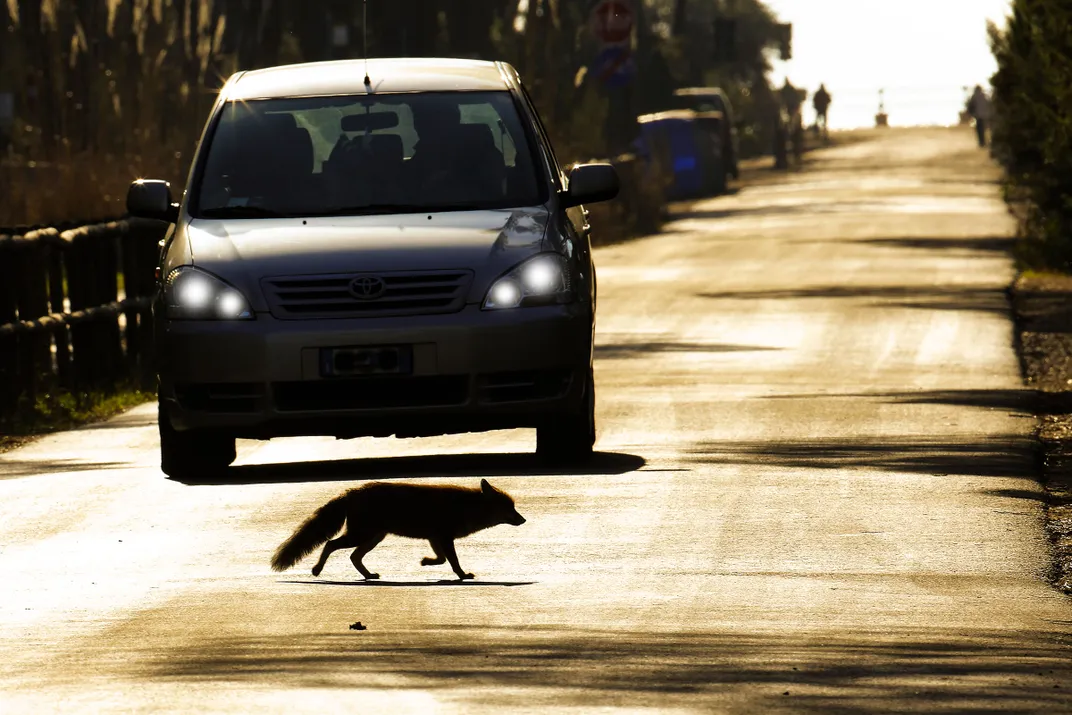
In spite of the green corridors snaking through its heart, Rome is a dangerous place for wild creatures to navigate. Countless animals are hit by cars, including those whose lives and deaths are so small—at least from a human perspective—that they go unnoticed. And the wildlife crossings and underpasses that have been constructed in other cities are mostly unrealistic in Rome because they would damage the historical infrastructure beneath city streets, says Ricci.
That’s where the city’s army of passionate citizens comes in. One of the most dedicated is Alessandra Tomassini, a middle school teacher who started volunteering at a wildlife recovery center in 1998 and found herself drawn to bats. Nearly 15 years later, she co-founded the conservation nonprofit Tutela Pipistrelli, which translates to “bat conservation,” to rehabilitate injured bats, monitor and study wild populations, and advocate for protection.
Her organization helps bats across Italy, but it’s headquartered in Rome, where at least nine species of bats gobble mosquitos and other insects each night and tuck into the eaves of buildings by day. “Usually, Romans have no idea how many and what species of bats live with us,” Tomassini says. After finding a bat that has flown into a building or been injured by a domestic cat, though, some people become as entranced as she is, building bat boxes at home or volunteering with the organization. “I’ve been lucky enough to know so many people who care about wildlife,” she adds.
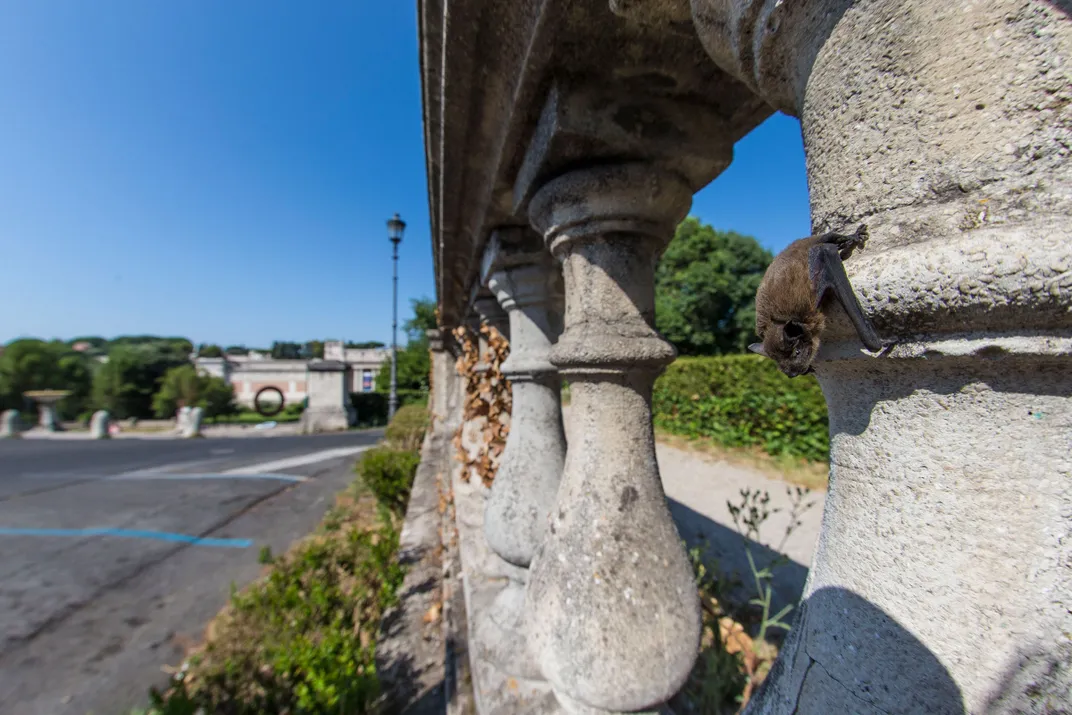
Another of those people is Francesca Manzia, who now works for a preserve and a rescue organization but spent nearly 30 years managing Rome’s LIPU (Italian League for the Protection of Birds) Wildlife Recovery Center. Each year, the center treats roughly 8,000 wild animals from 150 species injured in the area. Most are hospitalized because of impacts with cars or glass, or because of poisoning or poaching. One peer-reviewed study of 2,367 raptors admitted to the center between 2000 and 2011 found that after collisions with cars and buildings, the most frequent cause for admission was being shot. Yet Manzia says that in the years since the study, the number of birds with gunshot wounds has dropped sharply. For whatever reason, people are learning to live with raptors.
“Taking care of individual specimens and giving them their freedom back is obviously the most satisfying part, but this is not my main goal,” Manzia says. More important is teaching people how to live alongside wild animals. “Learning to respect them and to live sustainably is the only way we can stop harming them.”
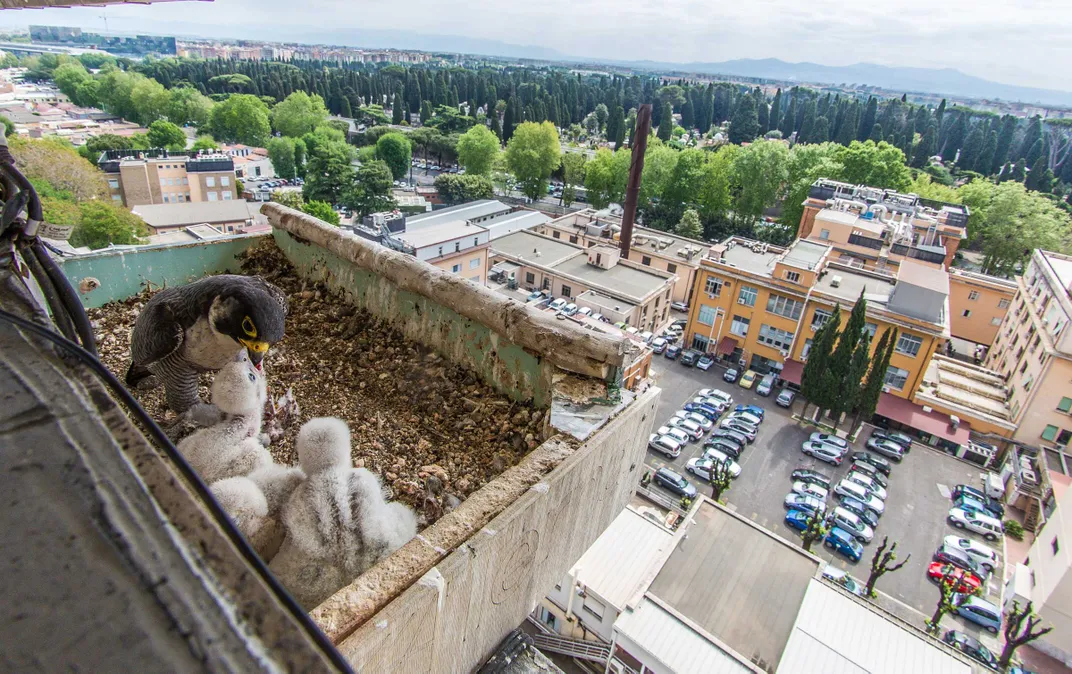
Efforts are also underway to teach residents how to safely live with the most recent wild arrivals—Apennine wolves (Canis lupus italicus). Although wolves have been a symbol of Rome since its inception, by the 1970s only around 100 wolves remained in all of Italy, and none in the capital. Then, in 2013, a male appeared in the Castel di Guido reserve, wedged between the Leonardo da Vinci international airport and a major highway, about 18 miles from Rome’s urban core. Managers named him Romulus, after the demigod from Rome’s creation myth. Romulus eventually found a mate and had pups; wolves elsewhere in Italy are also rebounding.
Several years ago, wolf scat showed up even closer to the city center, in the Insugherata Nature Reserve just outside the Stadio Olimpico, one of Italy’s largest sports stadiums. Damiani was skeptical when he first heard the news. “It was probably a dog,” the naturalist remembers thinking. But evidence eventually showed that not just one but a pair of wolves had made their way into the city’s core. “I was really surprised but at the same time happy,” Damiani says. “We are seeing a rewilding of the urban green areas.”
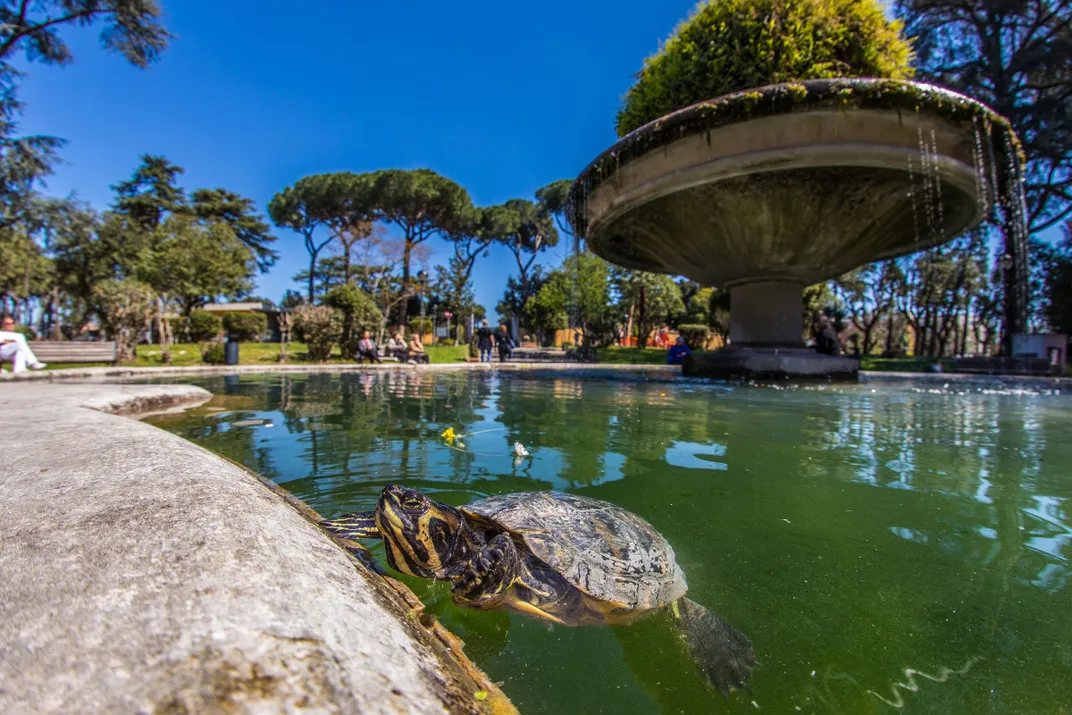
While nature lovers are thrilled, some Italians worry that wolves will attack pets and even humans; a 4-year-old girl was bitten by a wolf while playing in a Rome park in 2024. People elsewhere in Italy have poisoned wolves, and for that reason, perhaps, city officials and environmentalists alike have avoided calling attention to the animals’ growing numbers in Rome. Damiani isn’t publicizing news of the Insugherata wolves, and the city has refused to permit the Homo Ambiens team to set up camera traps. And so the urban wolves go about their lives, hunting for boar and mating and raising pups without many residents knowing they exist.
“Very few people are aware of how many animals are in our [city],” says Ricci. “They live side by side but never pay attention.” Through these photographs, the team hopes to inspire locals and visitors alike to focus their gaze more closely on the wildlife within the walled city and its astonishing persistence over millennia.
This story originally appeared in bioGraphic, an independent magazine about nature and regeneration powered by the California Academy of Sciences.
